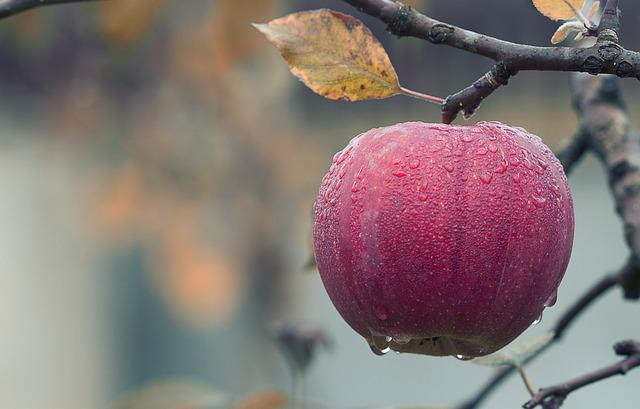
The ancient Chinese, Romans, and Indians were the first to create salt using this method. In the early fifth century BC, the Buddha taught the world to collect and store salt. The Romans used ceramic containers called briquetage to collect the brine. Workers sifted the concentrated salt out of the water and washed it away. The workers then put the brine in shallow pans, and placed them on clay pillars that were set over a fire of lava. The workers sold the powdered, dried sea salt to colonial New World residents. In the New World slaves from Africa were brought to rake salt on several islands in West Indies such as the Bahamas and Turks and Caicos Islands.
While most people are familiar with table salt, not everyone knows exactly how sea salt is made. Sea salt has several minerals. These minerals are present in trace amounts in sea sal, and they are also included in salt crystals. It is best to avoid excessive consumption of this mineral, but adding a few drops to your favorite dish can add additional nutrition and nutrients.

Sea salt is the most common type of salt. It is a salt that comes from warm climates. To get it, you need to flood man-made lakes with salt water and wait for it evaporate. The crystals will form when the water evaporates out of the man-made pool. These man-made pool are known as "saltworks". Harvesting salt takes many billions of years. Salt can be harvested in many different ways.
The production of sea salt is complex. The first step in sea salt production is extraction of seawater. This involves extracting the seawater from the ocean. The water is left in the water for a few days to dry and to concentrate. The sea salt can then be sold once it is dried. The final product can be labeled either as refined or unrefined. The unrefined salt may appear grey or have trace minerals or marine bacteria, which contributes to its complex flavor.
The process of getting sea salt is quite simple. The salt crystals, which form at the bottom in the water, are almost dry. You can remove impurities by adding water to the container and then scraping the salt from the surface. This is a great way of collecting sea salt. It is affordable and widely accessible. It is easily available in many parts of the world. Once harvested, the salt can be used for human consumption. It is versatile in its use.

The process of extracting sea salt is the same as extracting river salt. Each process is unique. Some sea salts are taken from seawater, while some are extracted from the ground. In the latter case, the extraction of the salt is done using chemicals. To obtain iodine, minerals are removed from seawater. To get iodine, salt is also processed in order to remove any minerals that make the salt edible.
FAQ
How much does it cost to study Culinary Arts?
There are many factors that influence the cost of learning culinary arts. A four-year degree in culinary arts typically costs around $40,000. A two-year associate degree, on the other hand may cost less than $5,000. Tuition costs vary depending on which program you choose. Public institutions are more expensive than private institutions.
What is the best way to learn to cook?
Cooking is something that everyone should be able to do. You'll miss out on delicious meals if your skills are not up to par. You must start by finding a recipe you enjoy and following it closely when you learn to cook. Next, practice making small tweaks to the recipe until the dish is your own. The last step is to cook for others. This will not only help you cook better, but it will also test your skills.
What are the advantages of using a slow cooker to cook?
Slow cookers can be very helpful because you can prepare delicious meals quickly. Slow cooker recipes often have a lower oil and fat content than traditional recipes. Also, slow cooker recipes are easy to use because they do all the work while you sleep.
Statistics
- The median pay for a chef or head cook is $53,380 per year or $25.66/hour, according to the U.S. Bureau of Labor Statistics (BLS). (learnhowtobecome.org)
- In the United States, the category is estimated at $23.2 billion annually and is growing faster than the market. (washingtonpost.com)
- On average, chefs earn $58,740 a year, according to the BLS. - learnhowtobecome.org
External Links
How To
How to make a perfect Omelette
Omelets are my favorite breakfast dish. How can you make them perfectly? I have tried many different recipes and methods, but none of them work. So today, I want to share some tips and tricks with you so you can make your own delicious and fluffy omelets every morning.
Before we start making omelets, let's remember that eggs are temperamental. The eggs must be fresh from an organic source and kept at room temperature until they are ready to be cooked. The yolks and whites will not form properly if they aren't kept cold enough. This makes your omelets look weirdly colored. If you intend to cook your eggs immediately, it's best to use room-temperature egg.
You might also try separating the egg before adding to the pan. You don't want the white to get mixed with the yolk, as this could cause the egg to curdle.
The egg can burn if it is placed directly on the stovetop. Instead, put the egg in the microwave for 10 seconds before putting it into the pan. The microwave heat cooks your egg just right, without it becoming too soft.
Next, let's discuss mixing the eggs. When you mix eggs together, you want to beat them well. You need to turn the bowl of the mixer upside down. Then shake the bowl vigorously. By doing this, the egg is thoroughly mixed with the air in the bowl.
The fun part is now - adding the milk to the mixture. Pour half the milk into the beaten egg mixture and then fold in the eggs. Do not worry if you see streaks of egg; they will disappear when the omelet is flipped.
After you have folded your eggs, heat up the oil on medium heat. Wait for it to get hot. Once the oil begins to heat, add 1/4 cup butter and swirl the pan to coat it. Now carefully crack open the lid of the pan and sprinkle salt into the pan. The salt will help to prevent the omelet's sticking to the pan.
Once the omelet has formed completely, cover the pan and let it set for a few minutes. Flip the omelet upside down or with a spatula. Cook the other side for about a minute. Serve immediately after removing the omelet from its pan.
This recipe works best with whole milk, but skimmed milk also works.